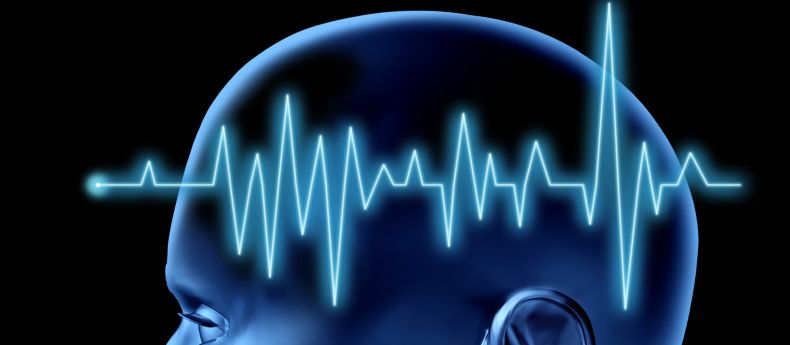
The Basics of Strokes
Cerebrovascular disease (a.k.a. CVD or stroke) is among the least understood diseases that afflict the general public. Strokes are caused by either blood flow blockages or internal bleeding. In other words, strokes are caused by either insufficient blood or excessive blood in the vessels of the brain.
Risk factors
The main risk factors for stroke are high blood pressure (a.k.a. hypertension), excess cholesterol in the bloodstream (a.k.a. hypercholesterolemia), diabetes mellitus (DM) and being older than 50.
People who are at general risk for stroke include men (generally, men suffer strokes more than women), those who have a family history of heart disease, and those who suffer from sleep apnea. Lifestyle choices could also affect your risk for stroke. People who smoke, drink a lot, lack physical regular exercise, regularly eat high-fat foods and/or are obese are more likely to suffer from a stroke. Stroke victims also experience dental health issues, including bleeding gums, swollen gums, gingivitis, gum recession and loosened teeth.
The Neurosurgery Clinic at BJU is committed to providing stroke screening for the prevention and control of strokes in high-risk patients. If a patient has two main risk factors for stroke, or one main risk factor and two or more general risk factors, we highly recommend the patient to get screened.
Stroke symptoms and signs
Strokes occur quickly and can have devastating effects. If someone is experiencing a stroke, the time it takes for the person to receive care makes a big difference improving outcomes and reducing mortality and disability. However, many people do not know what a stroke looks like. Symptoms and signs of stroke include:
- unexpected weakness or numbness in the face, upper limbs and/or lower limbs
- sudden or declining speech impairment or understanding
- sudden blurred vision
- sudden deafness
- sudden dizziness
- sudden unsteady gait or balance issues
- sudden drinking or swallowing difficulties
- sudden unconsciousness
If you or the people around you experience these symptoms, immediately consult a neurologist. Make sure you note the time of onset of the first symptoms. An immediate visit to a hospital is very important. If treatment can be given within three hours of the onset of symptoms, the treatment has a much higher chance of preventing disability.
Stroke treatment includes diagnosis followed by medicine and interventional therapy. The BJU Neurosurgery Clinic also provides follow-ups in case patients have a relapse or experience post-stroke depression. Each high-risk patient’s file will also be periodically reviewed and analyzed to design to the most appropriate treatment plan tailored to each individual.
The hype about hypertension (cause of excessive blood)
Hypertension (a.k.a. high blood pressure) is one of the most common causes of stroke. Blood pressure itself is the lateral pressure exerted on the walls of our blood vessels when blood flows through. Systolic blood pressure is the pressure exerted when our hearts contract. Diastolic blood pressure is the pressure exerted when our hearts are at rest. Blood pressure is measured in units of “mmHg.”
Hypertension is when blood pressure continually exceeds the normal range. When the systolic blood pressure is higher than 140 mmHg, or when the diastolic blood pressure is higher than 90 mmHg, the patient is probably suffering from hypertension.
Cholesterol (cause of insufficient blood)
When lipid (fat) metabolism is inefficient in our bodies, fatty material can be deposited onto the inner walls of our arteries. This deposition is called atherosclerosis, which is also the main culprit that causes blood clots. The key to treating this condition is to reduce bad cholesterol in our bloodstreams. Healthy lifestyle choices is the best way to keep the level of bad cholesterol to a minimum and reduce our risk for stroke.
Copyright United Family Healthcare 2014 All right reserved - 京卫网审[2014]第1927号 - 京ICP备13017554号-4





